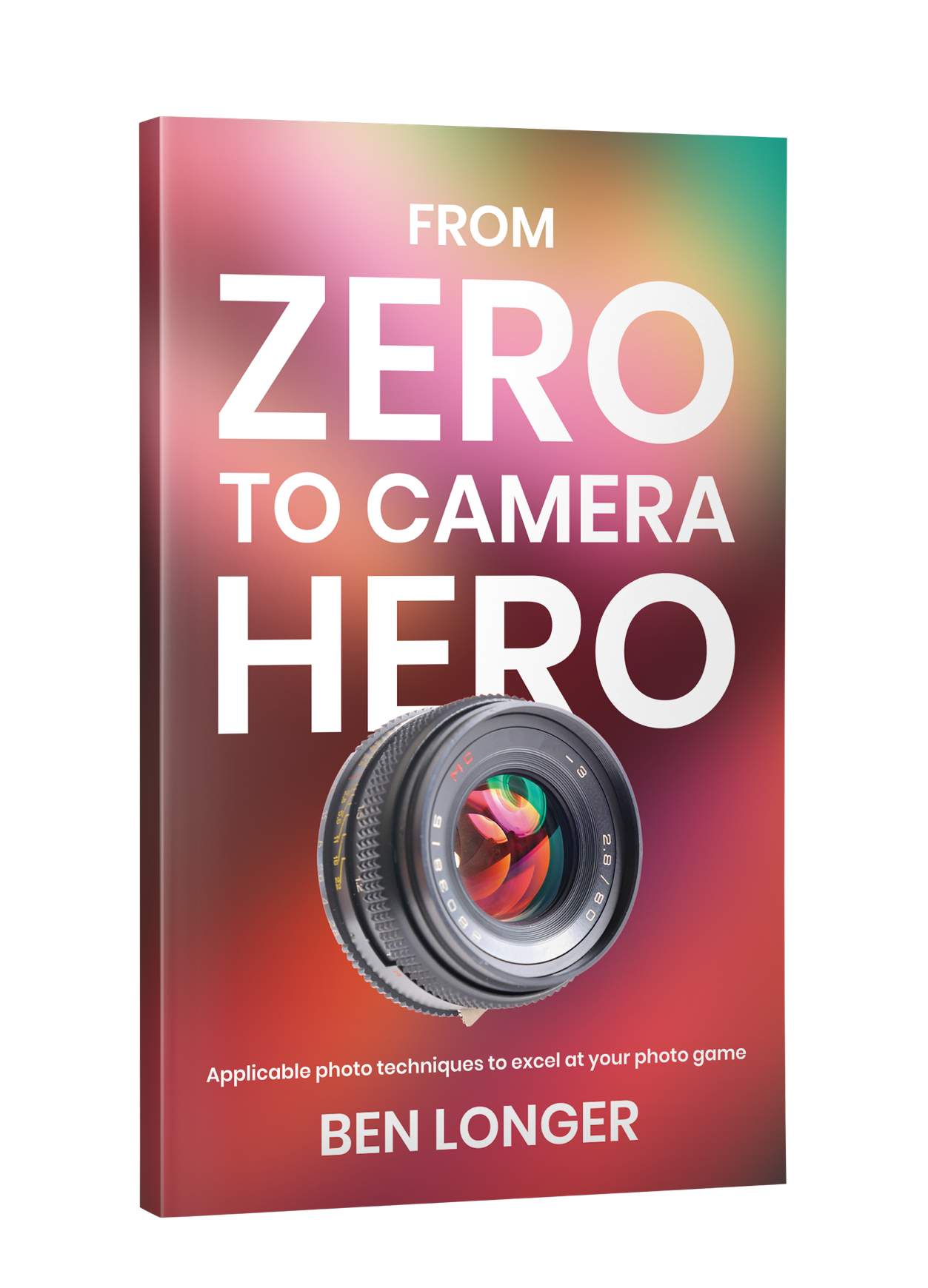
Ben Longer
From Zero to Camera Hero
Contents:
Contents
About Author: Being a photographer for quite some time i t s not uncommon to get requests and questions regarding how to take better photos, and I understand why. I t s an everyday activity perhaps everyone would like to be a little better at, me myself as the nerd i am have been on the quest to understand the science behind it for so long now though. So boiling it down to this ebook to give you guys the best bang for your buck with information even the most basic photographer to the more advanced can apply right away was a stellar move, I hope!
Introduction:
This book will teach you some very important techniques of photography. We will showcase each technique with real life photos for educational purposes to help you grasp what we will be talking about. In Chapter 1, you will learn some basic but very important concepts for a camera. From Chapter 2 to Chapter 10, you will learn many techniques to become a good photographer. Have you ever noticed that some images of a simple smart camera are much better than a professional camera? The answer to this question is simple: if you know the techniques, you can even take better pictures with a simple camera. So lets dive in!
Chapter 1
Photography is a Greek word and its meaning is Painting with Light. It can be considered a Science as well as an Art. Photography is a Science because basic principles of physics are involved in this process. Photography is an art because its beauty depends upon the persons vision who is watching it.
Before exploring some important techniques to become a good photographer, it is necessary to understand some basic concepts for a camera.
1.1 Exposure:
It is the amount of light per unit area which strikes the photographic film or image sensor and it is measured in stops. It is also known as Exposure Value or Ev . The exposure of a camera can be controled with shutter speed, aperture of lens and the luminance of scene.
1.1.1 Manual Exposure:
It is the mode in which photographer can set the aperture and shutter speed in order to achieve the desired value of exposure. Many photographers go for the Manual exposure because an open aperture will increase the exposure but it will decrease the field of depth and a decrease in shutter speed will increase the exposure but there will be the chance of motion blur. Therefore, many photographers prefer to go with manual settings in order to ensure a good field of depth and to avoid motion blur.
1.1.2 Automatic Exposure:
In automatic Exposure Mode or AE, a camera will adjust the exposure automatically. In this mode, Camera will adjust the mid tone of subject to the mid tone of the photograph. In AE mode, an exposure meter determines the desired exposure and automatically sets the aperture and shutter speed to achieve the required exposure.
Aperture priority mode (which is usually abbreviated as A) allows the photographer to control the aperture manually and shutter speed will automatically be controlled by the camera to achieve the desired exposure.
Shutter priority Mode (which is usually denoted by S) allows the photographer to control the shutter speed manually and camera will control aperture to achieve the desired exposure. In both cases, exposure will be calculated by Cameras Exposure Meter.
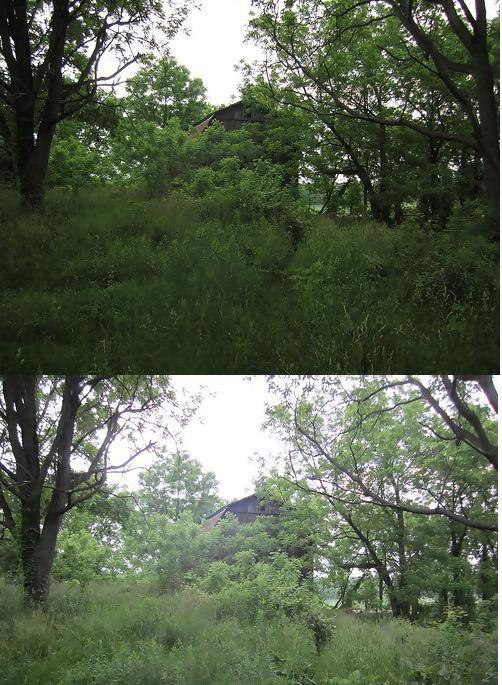
A comparison of Auto Exposure with Manual Exposure
1.2 Shutter Speed:
Shutter speed is the duration of time for which the shutter of camera will open for taking a photograph. It is the duration of time for which the image sensor is exposed to the light. Shutter speed plays an important role especially when moving objects are involved.
A fast shutter speed freeze the scene and results in a clear image while a slow shutter speed blurs the image. Some common shutter speeds are 1, 1/2, 1/4, 1/8, 1/15, 1/30, 1/60, 1/125, 1/250, 1/500, 1/1000.
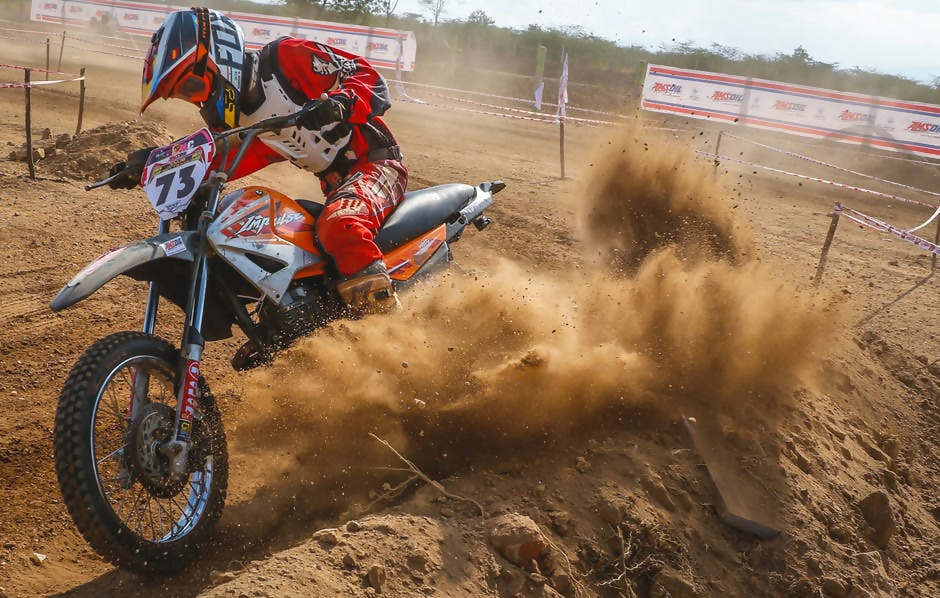
Fast Shutter Speed
The picture is very clear due to fast shutter speed. It is a physics principle which states that a moving object may be considered in rest or stationary for a small interval of time, hence, a fast shutter speed means that we capture a moving object in small interval of time and hence gives us a freeze and a clear image of the moving object.
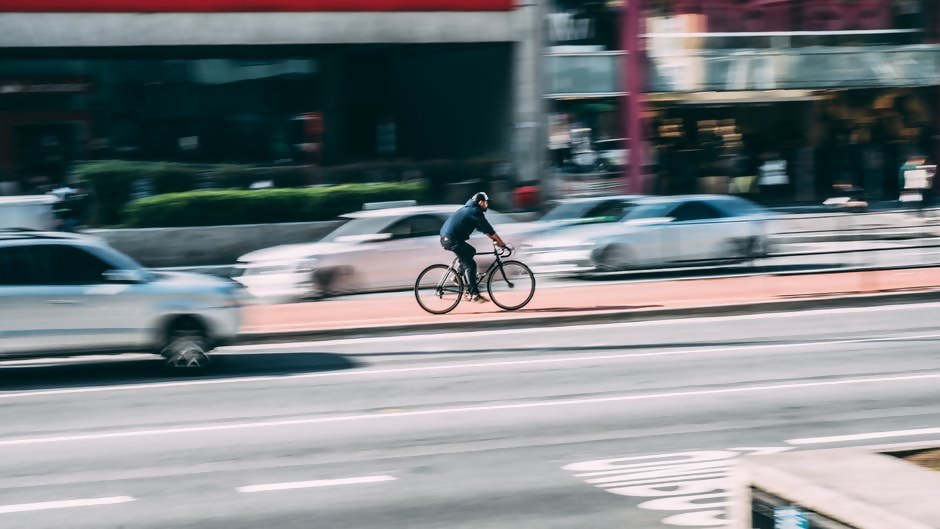
Slow Shutter Speed
1.3 Aperture:
 The size of hole is known as the aperture of the Camera. It can be shrink or enlarge to control the intensity or amount of light to enter in the camera. A larger aperture means that more light will enter in the camera in unit time and a small aperture means that less light will enter in the camera in unit time.
The size of hole is known as the aperture of the Camera. It can be shrink or enlarge to control the intensity or amount of light to enter in the camera. A larger aperture means that more light will enter in the camera in unit time and a small aperture means that less light will enter in the camera in unit time.
Aperture Value is denoted by Av and is determined in f-stops which is represented as f/# (I.E. f/8). Larger aperture means that f-number is small, and a small aperture means that f-number is large. For Example, f/4 aperture is large while f/8 aperture is small.
For a larger aperture, a fast shutter speed is needed to completely expose the image and if the aperture used is small then a slow shutter speed is needed to expose the image properly. There will be a number of combinations to achieve a proper exposure for an image.
Depth of field in an image is controlled by aperture value. A wider aperture results in a more shallow depth of field and a smaller aperture results in a deep depth of field. The concept of shallow and deep Depth of Field can be understood by watching the pictures shown below.
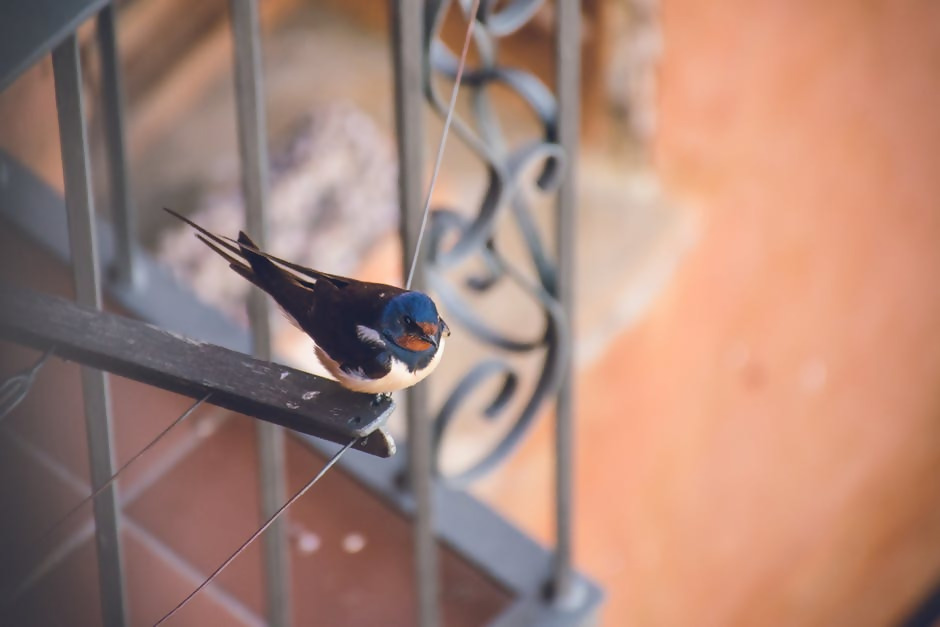
Example of Shallow Depth of Field
A shallow image is clear in the middle but rear sides of the images are not clear as compared to the middle of the picture. These types of pictures are said to be shallow depth of Field.
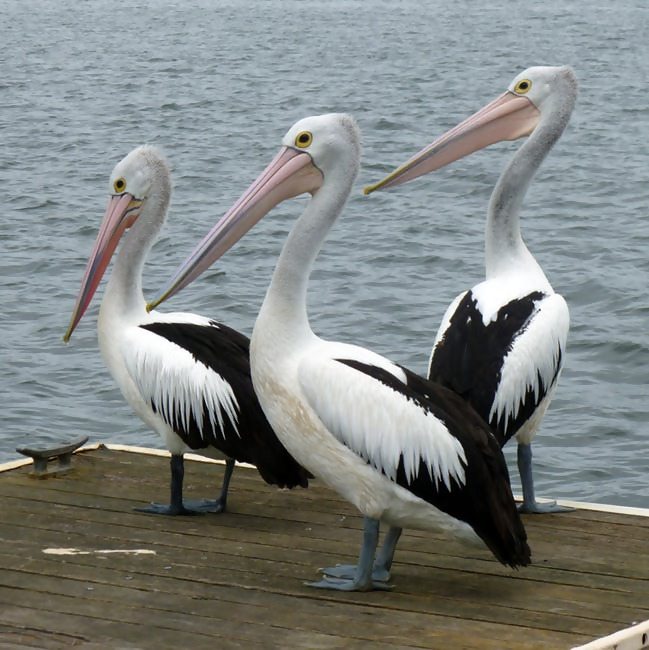
Example of Deep Depth of field
A deep image is sharp in the middle as well as in the corners as can be seen in the above picture. They are called deep depth of field.
1.4 The Concept of ISO:
Besides Aperture and shutter speed, ISO is the third member of this group which plays a very important role in the process of taking a well exposed picture. ISO indicates the sensitivity of the image film or image sensor. If we talk about traditional photography then it is the sensitivity of photographic film to light. It usually shown as 100, 200, 400, 800 etc. A film will have low sensitivity if the ISO value is small and will produce a finer image whereas higher ISO may produce grains in your shots.
The same principle applies to digital photography in which the word ISO represents the sensitivity of Image Sensor. It is similar to traditional photography which means lower the ISO means the sensitivity is less the shot will be finer as compared to High ISO which may produces grains in the image.
Next page
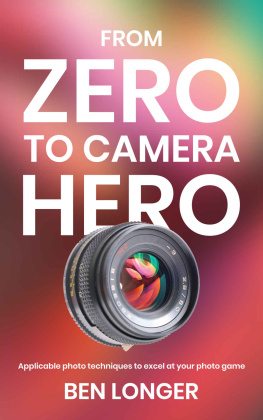

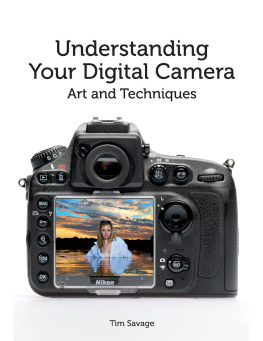
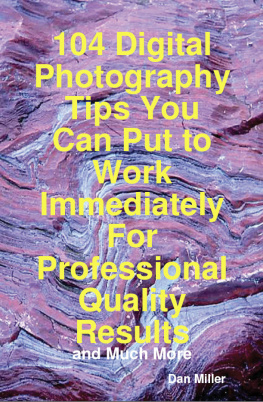

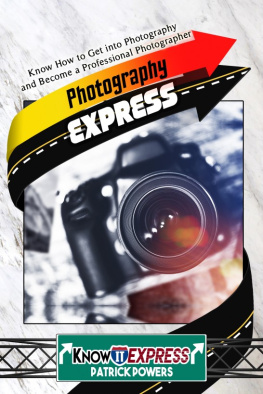

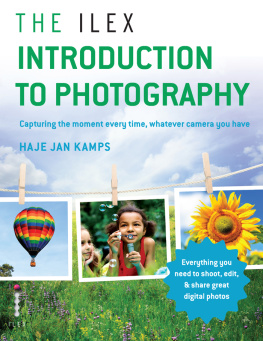
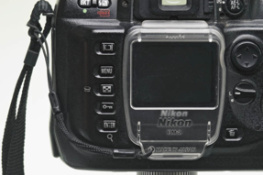
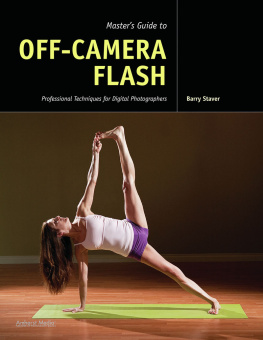





 The size of hole is known as the aperture of the Camera. It can be shrink or enlarge to control the intensity or amount of light to enter in the camera. A larger aperture means that more light will enter in the camera in unit time and a small aperture means that less light will enter in the camera in unit time.
The size of hole is known as the aperture of the Camera. It can be shrink or enlarge to control the intensity or amount of light to enter in the camera. A larger aperture means that more light will enter in the camera in unit time and a small aperture means that less light will enter in the camera in unit time.
